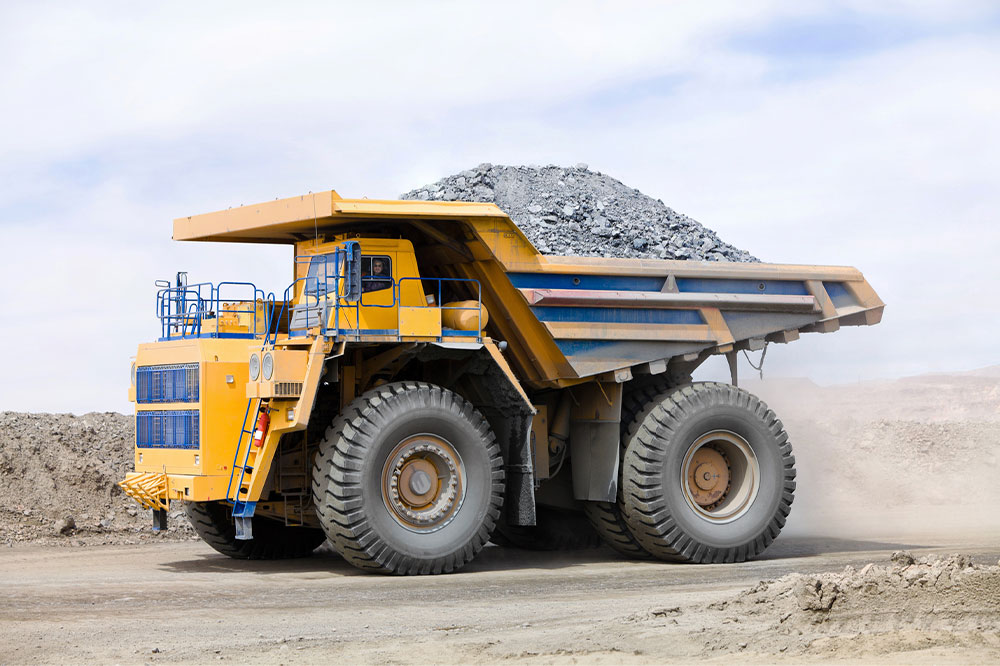
A detailed guide to the types of heavy machinery
Heavy machinery has been transforming the face of the construction, mining, and agriculture industries in the last few years. These equipment are commonly used to move earth and other large substances. It is also used to perform several tasks like drill, grade, lift, suction, pave, and haul various materials. Thanks to their diversity in size and applications, projects can be completed using heavy machinery in a shorter period while not compromising on productivity.
Types of heavy machinery
- Excavators- This type of large machinery consists of a hydraulic crane-like booth with a metal pronged shovel at the end. They are frequently used in medium to heavy-duty jobs for digging, lifting, crushing, and demolishing.
- Dozers- This machinery is commonly recognized for its front blade, which has many uses. These uses include loosening, carrying, and condensing various-sized materials. The equipment can be track-mounted or wheel-mounted, depending on the application.
- Motor graders- An essential equipment used in road building and maintenance. They are built with an outstretched part to fix the blade between the front and rear axles of the machine.
Benefits of choosing heavy machinery rental services
Buying heavy machinery will be a significant investment for your business. However, opting for heavy machinery rental services might be a perfect option for the reasons listed below.
- Lower capital expense- Renting heavy machinery will enable you to reduce the capital expense and invest in other core activities.
- Access to various machinery- If your business occasionally requires different heavy machinery types, renting heavy machinery will provide you with the equipment on an as-need basis.
- Build equity- The heavy machinery industry is dynamic, and various factors can affect its growth. Renting the equipment will protect your business from financial fluctuations and build equity to deal with the forces.
Tips on handling heavy machinery spare parts
Buying heavy machinery spare parts will benefit you as the equipment will function longer once you replace the malfunctioning part. Check out a few tips below if you are new to replacing spare parts.
- Know your machinery- Before replacing any parts, read the manual and do proper research to prevent any unwanted accidents or damage to the equipment.
- Invest in high-quality parts- Invest in high-quality spare parts from trustworthy heavy machinery companies. High-end spare parts will save you time and unwanted expenses while increasing the resale value of the machinery.
- Seek professional assistance- If you have doubts or concerns regarding the replacements, consult a heavy equipment technician, as they have the experience and knowledge to do the job.
Tips for choosing the best heavy machinery companies
- Research your options- Research different companies and look into the quality of their machinery. Check what additional benefits they offer for their heavy machinery for sale to make an informed decision.
- Consider the attachments- Heavy machinery often comes with many accessories that facilitate better performance and cut downtime. Ask the manufacturer about the quality accessories with the products you want to purchase.
- Ask for upfront pricing- The best thing to do while buying machinery is to ask for prices and choose a company that supports honest and ethical practices. It is also important to inquire about the maintenance costs.
The global market for heavy machinery is expected to grow rapidly due to the extensive use of such equipment in construction sites, forestry-related operations, and road maintenance. Such equipment makes the construction work more manageable and speeds up the project.




